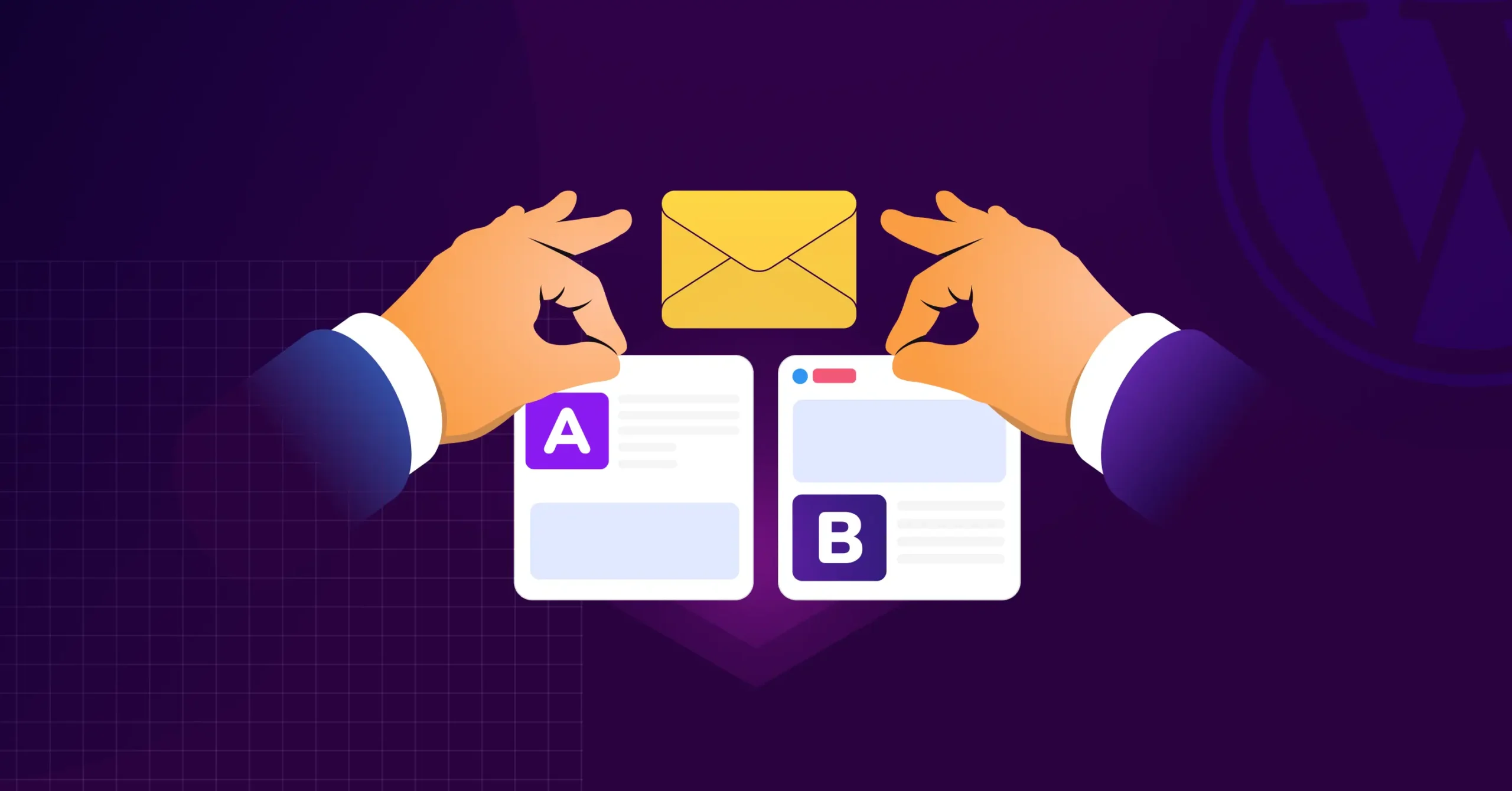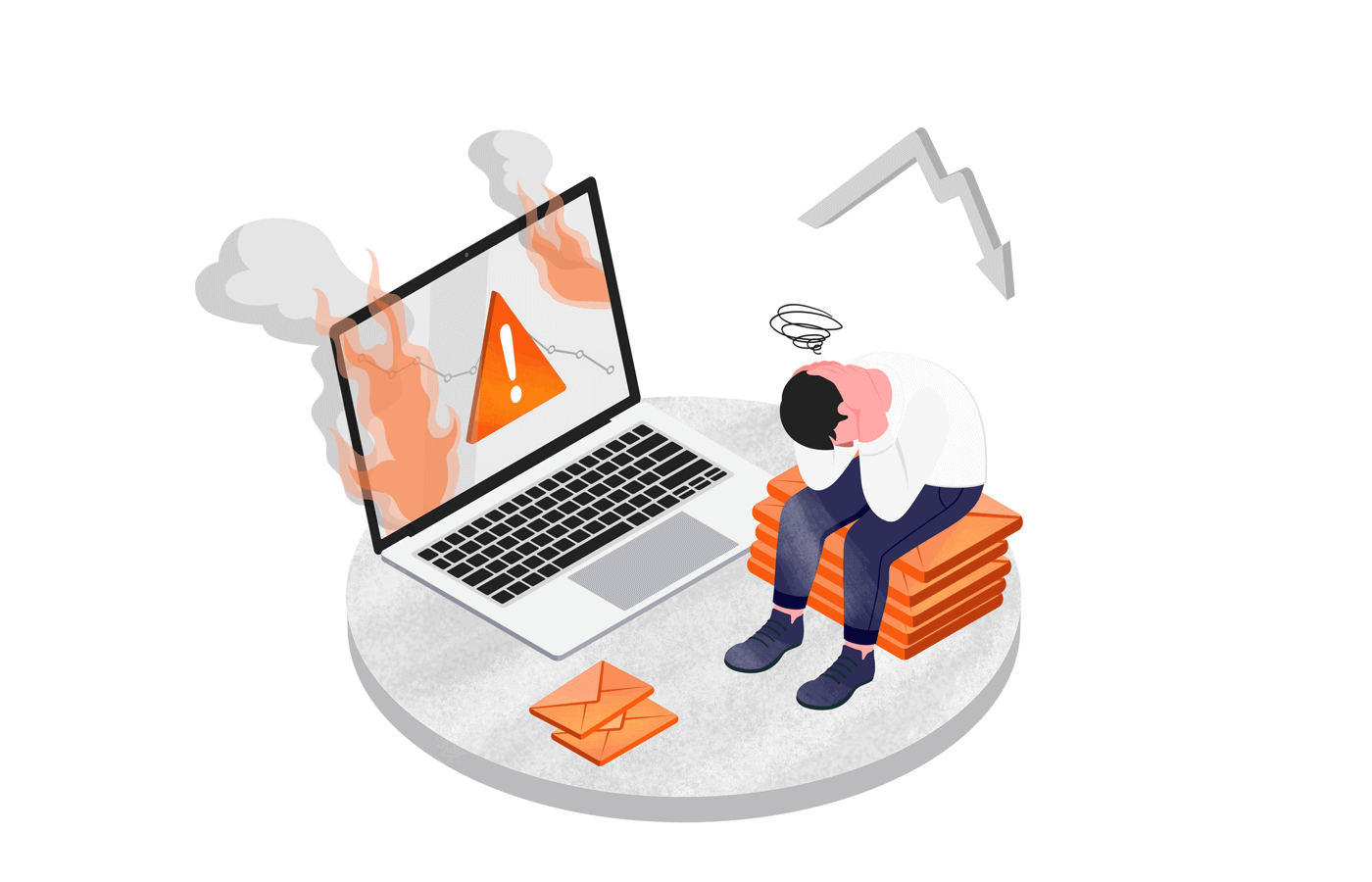When someone joins your email list, it’s more than just another contact—you’ve invited them into your world.
And once they’re in, email gives you the unique opportunity to build a genuine, personal connection. No other marketing channel can match the intimacy of an email landing directly in someone’s inbox.
But here’s the thing: you can’t just send random emails and expect people to trust you or buy from you. If you want to nurture relationships and grow your coaching program, you need a thoughtful, well-planned strategy.
Ready to start building stronger relationships and higher engagement with your potential coaching clients?
Here are seven proven email marketing strategies you can use to market your coaching program effectively.
1. Segment your list to send personalized emails
Ever opened an email and felt like it was written just for you?
That’s the power of segmentation.
By dividing your email list into smaller groups based on interests, behavior, or specific needs, you can send messages that resonate deeply.
For example:
- If your mentorship program serves different experience levels, you might create segments like beginner product developers, experienced product developers, and master product developers.
- Or if you coach business owners on various challenges, you might segment based on their pain points:
- Internal process management
- People management
- Scalability
Once segmented, consistently send personalized content to each group and monitor key metrics (open rates, click-through rates, conversion rates). Over time, refine your emails based on what resonates most with each segment.
Tip: Use tools like email warmup and validation software to maintain strong deliverability and avoid ending up in spam folders.
2. Build email series around a central theme
Rather than sending disconnected one-off emails, create a cohesive content series that offers ongoing value.
Think of it as a mini-course delivered straight to their inbox. This keeps your audience engaged and gives them a taste of what it’s like to work with you.
Example:
If you’re a leadership coach, you could run a series called “Mastering Leadership Skills in 30 Days,” where each email provides a bite-sized leadership tip or actionable strategy.
Or you can theme your entire email content around an educational topic—such as “PR Fundamentals 101” or “Tech CEO Confessions”—and become a trusted resource in your niche.
Why this works: People need to see you as a credible expert before they’re willing to invest in your coaching program.
3. Use the PAS formula to promote pre-sale offers
The PAS (Problem-Agitate-Solve) framework is a powerful structure for writing persuasive pre-sale emails.
- Problem — Highlight a key challenge your audience faces
- Agitate — Emphasize the negative consequences of not solving it
- Solve — Present your coaching program or pre-sale offer as the clear solution
Example from Business Coach Katie J:
Problem: “Mustering up the courage to create an online course…”
Agitate: “Getting to launch day, and no one buys…”
Solve: “What if it didn’t have to be that way? I figured out a different way to launch a course so it would sell out before I even created it.”
This style of storytelling builds emotional resonance, positions your offer as the solution, and drives conversions.
Bonus: Using this approach also helps validate your offer before investing too much time and effort in final production.
4. Share personal lessons to promote events
People connect with stories, not sales pitches. When promoting masterclasses or workshops, share personal stories or lessons that relate to the topic.
Example:
You’re hosting a webinar on overcoming imposter syndrome in leadership. In your promotional email, you could share your own story of struggling with self-doubt and how you overcame it.
This authenticity makes your event feel approachable and relatable—building trust and driving registrations.
5. Showcase client success stories
Before prospects hire you, they want proof that your coaching works. That’s why client success stories are critical.
Don’t just tell people what you can do—show them real-world results.
Example from Business Mentor Lacey Sites:
- Client had a $200K sales month at 8 months pregnant
- Another client 13x’d income while reducing work hours
- Another secured $500K+ in revenue early in the year for maternity leave
When you share stories like this, your audience starts to imagine achieving similar results—and their trust in you grows.
6. Automate and optimize with the right tools
You don’t need to manually send every email. With the right email marketing tools, you can save time and create a better experience for your subscribers.
Here are a few must-have tools:
- Automation tools (e.g., welcome email series, session reminders)
- Deliverability tools (monitor SPF, DKIM settings; validate email addresses)
- Proofreading tools (ensure every email is polished and professional)
- Professional domain email (build trust with a branded email address like Amy@YourCoachingBrand.com instead of Amy@gmail.com)
Pro tip: A strong email signature also boosts your professionalism. Include your value proposition, a professional headshot, and a clear call-to-action in every email.
7. Partner with complementary experts
Collaborating with other professionals can make your coaching program more valuable and well-rounded.
Example: If you’re a fitness coach, you could partner with:
- A nutrition expert for personalized meal plans
- A telehealth platform for weight management support
- A mindset coach for building lasting confidence
These types of partnerships create comprehensive packages that attract more clients and deliver stronger results.
Just be sure to partner with trusted professionals who align with your brand and values.
Bonus Tip: Embrace a multichannel approach
While email is powerful, don’t stop there.
Leverage social media, webinars, podcasts, and online communities to amplify your message. The more places people see your expertise, the more trust you’ll build—and the more likely they’ll be to join your coaching program.




